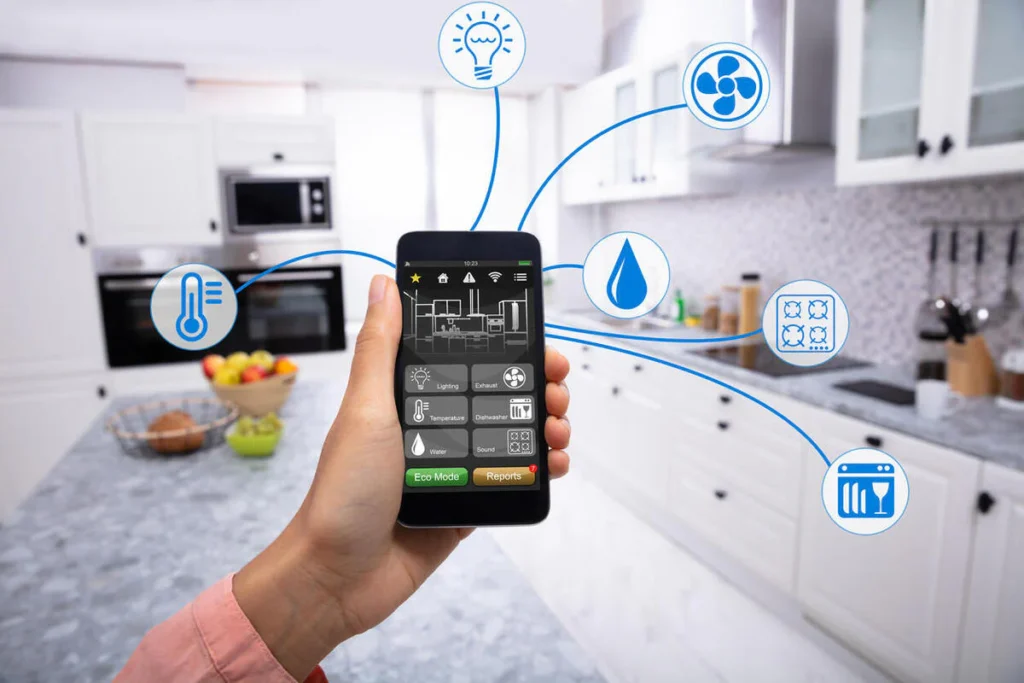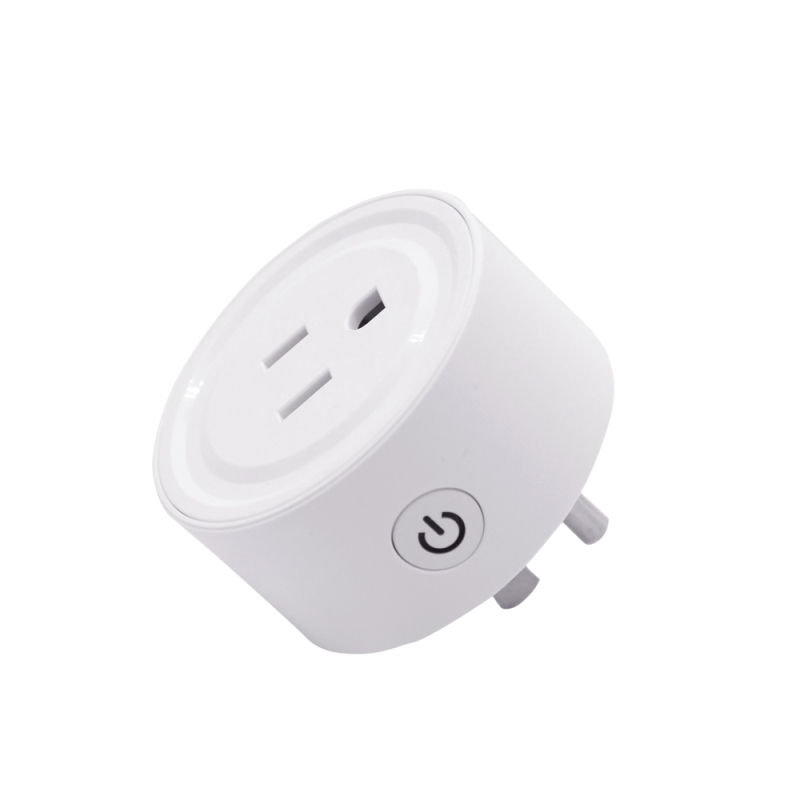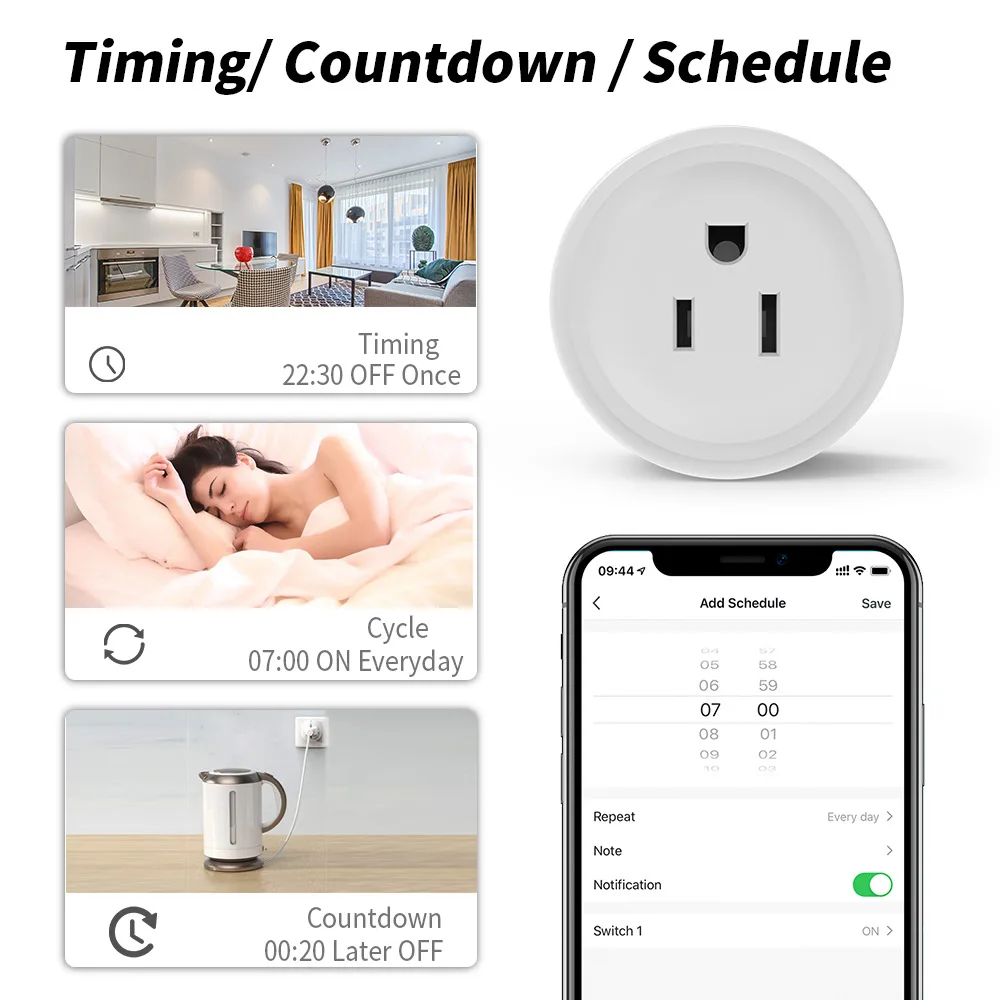
One of the most powerful features of smart switches and plugs is their ability to operate on schedules, automating your daily routines without requiring constant attention. Smart scheduling transforms passive devices into proactive assistants that anticipate your needs and operate according to your lifestyle. This functionality goes far beyond simple timers, offering sophisticated control that adapts to your changing requirements.
Timer Functionality Explained
At its core, smart scheduling relies on digital timers that are significantly more advanced than traditional mechanical timers of the past.
Basic Scheduling Capabilities
Modern smart switches and plugs offer several fundamental scheduling options:
Fixed Time Scheduling: Set devices to turn on or off at specific times on specific days. For example, program your coffee maker to turn on at 6:30 AM on weekdays only.
Duration Control: Specify how long a device should remain on after activation. This is particularly useful for devices that shouldn’t run continuously, like space heaters or curling irons.
Recurring Schedules: Create patterns that repeat daily, on weekdays only, weekends only, or on specific days of the week. This flexibility allows your devices to follow your regular routines.
One-Time Events: Schedule single occurrences for special situations without creating permanent schedules. Perfect for unusual circumstances or when testing new automation ideas.
Advanced Timing Features
Beyond basic scheduling, many smart devices offer more sophisticated timing options:
Countdown Timers: Activate a device for a specific duration with a simple command. For example, “Turn on the bathroom heater for 15 minutes.”
Randomized Timing: Add slight variations to scheduled times (±15 minutes) to create a more natural pattern, especially useful for security lighting to simulate occupancy.
Sequential Control: Create cascading schedules where one event triggers another after a specified delay. For instance, turn on your bathroom lights, then your coffee maker 10 minutes later.
Conditional Timing: Some systems allow schedules that only activate under certain conditions, such as “Turn on the porch light at 6 PM, but only if someone is home.”
Practical Applications for Scheduling
Smart scheduling shines when applied to everyday situations that benefit from automation.
Morning Routine Automation
Transform your morning experience with thoughtfully scheduled devices:
Gentle Wake-Up: Schedule bedroom lights to gradually brighten 15 minutes before your alarm, simulating a natural sunrise for a more pleasant awakening.
Breakfast Preparation: Program your coffee maker to start brewing 10 minutes before you typically enter the kitchen, ensuring fresh coffee awaits you.
Bathroom Comfort: Schedule bathroom heaters or heat lamps to activate before your typical shower time, especially valuable during winter months.
News and Information: Combine with smart speakers to automatically play your morning news briefing or weather forecast while you prepare for the day.
Workday Productivity
Support your work routine with strategic automation:
Home Office Activation: Schedule your workspace equipment to power up before you begin work, ensuring everything is ready when you sit down.
Break Reminders: Use scheduled light changes as subtle reminders to take breaks or switch tasks throughout your workday.
Focus Periods: Program specific lighting scenes to activate during deep work sessions, signaling to household members that you shouldn’t be disturbed.
End-of-Day Shutdown: Automatically power down office equipment at the end of your workday to save energy and create a clear work/life boundary.
Evening and Nighttime Comfort
Create a relaxing evening environment through smart scheduling:
Pathway Lighting: Activate hallway or staircase lights at sunset to ensure safe navigation throughout your home.
Evening Ambiance: Schedule living room lamps to create a cozy atmosphere as daylight fades, without requiring manual adjustment.
Bedtime Routine: Program a gradual dimming of lights as bedtime approaches, helping signal to your body that it’s time to wind down.
Sleep Support: Schedule fans or white noise machines to activate at bedtime and turn off after you’re likely to be asleep.
Home Security Enhancement
Use scheduling to create a lived-in appearance, even when you’re away:
Simulated Occupancy: Program lights in different rooms to turn on and off in realistic patterns that mimic human activity.
Perimeter Lighting: Schedule outdoor lighting to activate at sunset and deactivate at sunrise, adjusting automatically with seasonal changes.
Randomized Patterns: Implement slight variations in your lighting schedules to avoid the obvious patterns that might signal an automated empty house.
Vacation Modes: Create special extended schedules specifically designed for when you’re traveling, with more comprehensive coverage throughout the day.
Morning and Evening Automation Ideas
The transition periods of your day offer particularly valuable opportunities for smart scheduling.
Morning Optimization Strategies
Staged Wake-Up Sequence:
- Bedroom lights gradually brighten (30 minutes before alarm)
- Coffee maker activates (15 minutes before alarm)
- Bathroom heater turns on (5 minutes before alarm)
- Kitchen lights activate (when you typically enter the kitchen)
Weather-Responsive Routines:
- Program space heaters to run longer on particularly cold mornings
- Schedule bathroom fans to run longer on humid days
- Adjust lighting brightness based on typical weather patterns for your season
Weekend Variations:
- Create separate, later schedules for weekend mornings
- Program more gradual wake-up sequences for days off
- Schedule entertainment devices to activate for leisurely weekend mornings
Evening Wind-Down Techniques
Sunset-Triggered Sequence:
- Outdoor lights activate at sunset
- Indoor ambient lighting adjusts to warmer color temperatures
- Entertainment area lighting optimizes for evening relaxation
- Bedroom preparation begins with subtle lighting changes
Bedtime Preparation:
- Schedule gradual dimming of main living areas 30 minutes before typical bedtime
- Program bathroom lights to switch to a sleep-friendly red/amber hue in the evening
- Automatically power down non-essential devices to reduce sleep-disrupting standby lights
Security Lockdown:
- Schedule a final check of essential devices (stoves, irons, heaters)
- Activate exterior security lighting
- Ensure entertainment and kitchen devices power down completely
Seasonal Scheduling Adjustments
As the seasons change, your scheduling needs evolve as well.
Winter Scheduling Considerations
During colder months, focus on comfort and efficiency:
- Schedule space heaters to warm key areas before use (bathrooms, home office)
- Activate electric blankets or mattress pads 15 minutes before bedtime
- Program holiday decorations and lighting to conserve energy
- Adjust lighting schedules to account for earlier sunsets and later sunrises
Summer Optimization
Warm weather brings different scheduling priorities:
- Schedule fans to circulate air during peak heat hours
- Program outdoor lighting for extended evening activities
- Coordinate dehumidifiers to run during typically humid periods
- Schedule cooling devices to pre-cool spaces before you occupy them
Spring and Fall Transitions
The shoulder seasons require more frequent adjustments:
- Create schedule templates that you can quickly activate as daylight patterns change
- Program morning heating and evening cooling during temperature swing periods
- Adjust outdoor lighting to accommodate gradually shifting sunset times
- Schedule seasonal devices like air purifiers during high pollen periods
Implementation Tips for Effective Scheduling
Creating effective schedules requires thoughtful planning and regular refinement.


We offer smart plugs that cover these functions.
Start Simple and Expand
Begin with basic scheduling before attempting complex automation:
- Identify Pain Points: Focus first on daily inconveniences that scheduling could solve
- Single-Device Testing: Perfect the timing for one device before creating multi-device routines
- Gradual Expansion: Add new scheduled devices one at a time, ensuring each works reliably
- Document Settings: Keep track of what works well so you can replicate successful patterns
Avoiding Common Scheduling Mistakes
Learn from these typical scheduling pitfalls:
- Overscheduling: Creating too many automated events can lead to confusion and unexpected interactions
- Inflexible Timing: Schedules that don’t account for seasonal changes or occasional variations
- Notification Overload: Configuring too many alerts for scheduled events
- Neglecting Manual Overrides: Ensuring you can easily interrupt scheduled events when needed
- Forgetting to Update: Failing to adjust schedules when your routines change
Balancing Automation and Manual Control
The best scheduling systems maintain a thoughtful balance:
- Provide physical override options for all scheduled devices
- Create “pause automation” commands for exceptional circumstances
- Ensure guests can easily control essential functions without understanding your automation system
- Maintain some spontaneity rather than scheduling every aspect of your environment
Monitoring and Refinement
Scheduling systems should evolve with your needs:
- Review energy usage data to identify optimization opportunities
- Solicit feedback from household members about scheduling effectiveness
- Perform seasonal reviews of all scheduled events
- Consider a scheduling “reset” annually to eliminate accumulated unnecessary automations
Smart scheduling transforms your home from a collection of passive devices into an environment that actively supports your lifestyle. By thoughtfully implementing schedules that align with your natural routines, you can enhance comfort, save energy, improve security, and eliminate countless small daily tasks—allowing you to focus your attention on what truly matters rather than managing your environment.
